In the fascinating yet perilous world of venomous snakes, a curious paradox exists: these reptiles possess deadly toxins yet aren’t completely immune to their own venom. When circumstances lead to self-envenomation, these powerful predators can become victims of their own biological weapons. This phenomenon raises intriguing questions about snake physiology, venom evolution, and the remarkable interventions that can save these creatures from their own toxic arsenal. From rare accidents in the wild to more common occurrences in captivity, self-envenomation presents unique challenges for wildlife experts and veterinarians. Let’s explore the surprising science behind how venomous snakes can be saved from their own potentially lethal bites.
Understanding Self-Envenomation in Snakes

Self-envenomation occurs when a venomous snake inadvertently injects its own venom into its body tissues. This rare but serious condition typically happens during feeding mishaps, defensive reactions, or handling stress when in captivity. Unlike the common misconception that all venomous snakes are completely immune to their own venom, many species actually have only partial immunity or resistance. The level of self-protection varies significantly across species, with some cobras showing high resistance to their own neurotoxins while rattlesnakes might be more vulnerable to their hemotoxic venom. This physiological reality creates a dangerous situation where medical intervention becomes necessary to save the snake from the very weapon it evolved for hunting and defense.
The Myth of Complete Immunity

Contrary to popular belief, venomous snakes are not universally immune to their own venom, though they often possess varying degrees of resistance. This resistance typically develops through evolutionary adaptations that protect the snake’s tissues from being damaged by the toxic proteins they produce. Research has shown that immunity is highly species-specific and depends on multiple factors including the type of toxins produced and the snake’s evolutionary history. Some species have developed specific antibodies that neutralize their venom, while others have evolved modified receptor sites that prevent the venom from binding effectively. However, this protection is rarely absolute, and when large amounts of venom enter the snake’s system through an accidental self-bite, the natural resistance mechanisms can be overwhelmed, leading to serious medical consequences.
Common Scenarios Leading to Self-Envenomation
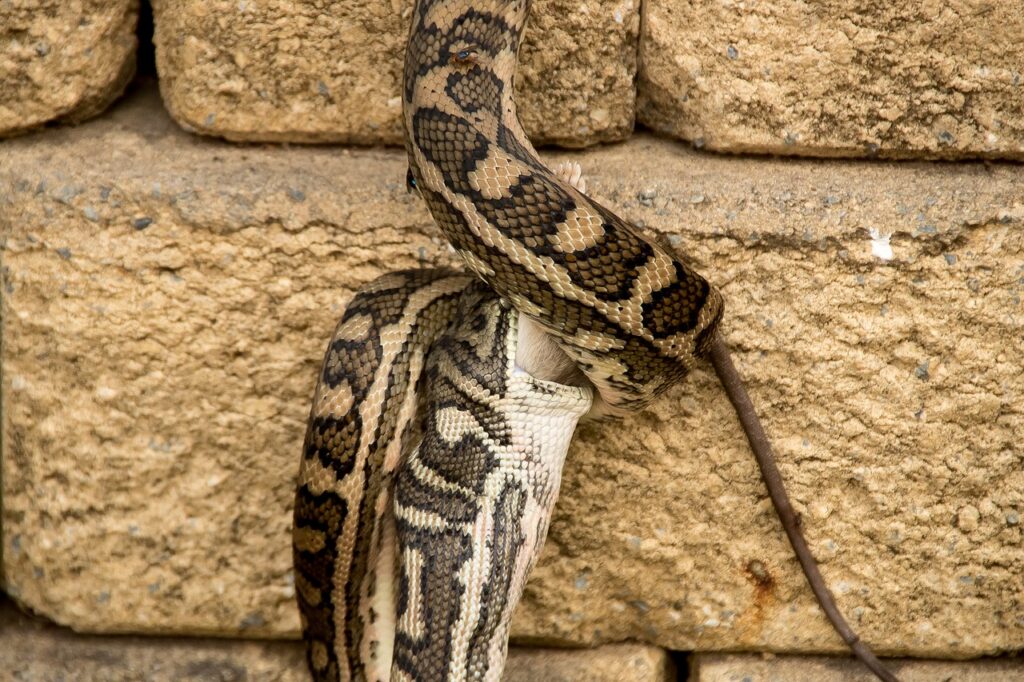
Several scenarios typically lead to self-envenomation in snakes, with captive environments presenting the highest risk. Feeding mishaps are perhaps the most common cause, particularly when a hungry snake strikes at prey with such force that its fangs penetrate both the prey and its own body. Handling stress represents another significant risk factor, as snakes may become disoriented and bite themselves when being manipulated by humans. In rare cases, territorial disputes between snakes can result in self-bites when a snake becomes confused during combat. Even rarer are incidents in the wild where snakes may accidentally bite themselves during defensive strikes against predators or while navigating difficult terrain. Understanding these scenarios helps handlers and veterinarians implement preventative measures to reduce the likelihood of these potentially fatal accidents.
Clinical Signs of Self-Envenomation

Recognizing the signs of self-envenomation quickly is crucial for successful treatment of affected snakes. Initial symptoms often include localized swelling, discoloration, and obvious pain responses at the bite site, which may cause the snake to behave erratically or show unusual posturing. As the venom progresses through the system, more serious signs may develop including respiratory distress, muscle weakness, and reduced responsiveness to stimuli. In cases involving hemotoxic venoms, internal bleeding may manifest as visible bruising or blood in oral secretions. Neurotoxic venoms typically cause progressive paralysis, which often begins with reduced tongue flicking and difficulty moving normally. The severity and progression of symptoms correlate directly with the amount of venom injected and how quickly treatment is initiated, making immediate recognition essential for saving the snake.
First Response Protocols for Snake Handlers
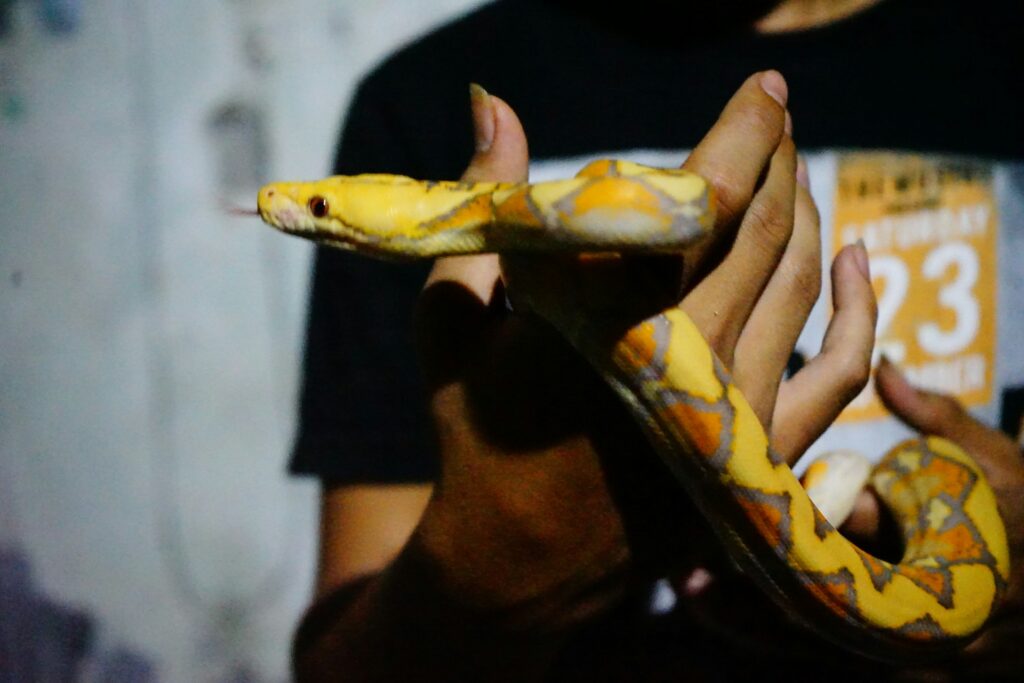
When self-envenomation occurs, the first minutes are critical, and proper response protocols can significantly improve outcomes. The initial step involves carefully isolating the snake in a secure, stress-free environment to prevent further injury and reduce metabolic demands that might accelerate venom circulation. Handlers should document the time of the bite, the location on the body, and any immediately observable symptoms to provide veterinarians with valuable diagnostic information. Unlike human snakebite protocols, tourniquets or venom extraction attempts are generally counterproductive and potentially harmful to the reptile. Instead, minimizing movement and stress while arranging immediate transport to a veterinary facility specializing in reptiles should be prioritized. Professional handlers and zoological facilities often maintain emergency protocols specifically for self-envenomation events, including contact information for specialized veterinarians and the nearest sources of appropriate antivenin.
Veterinary Assessment and Diagnosis
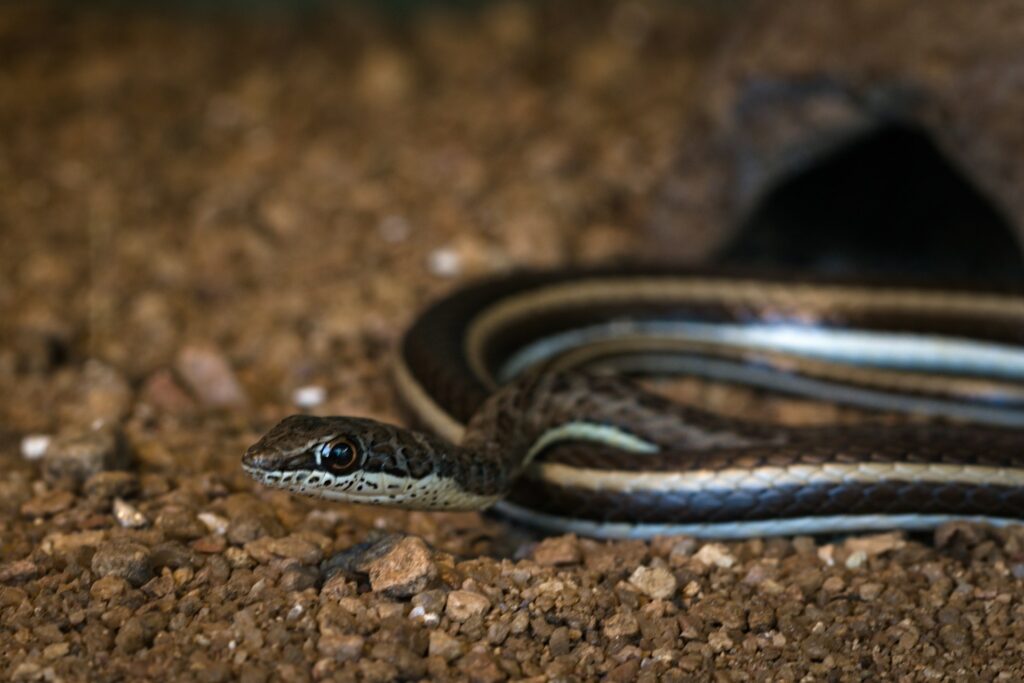
When a snake suffering from self-envenomation arrives at a veterinary facility, a comprehensive assessment begins immediately to determine the severity of the condition. The veterinarian will carefully examine the bite site for fang marks, tissue damage, and the spread of local effects such as swelling or discoloration. Blood samples are typically drawn to assess clotting factors, organ function, and electrolyte balances, which can reveal the systemic impact of the venom. Advanced diagnostic tools may include ultrasound to check for internal bleeding or tissue damage, particularly with hemotoxic venoms that attack blood vessels and organs. The veterinarian must also consider the species-specific aspects of the case, as different venoms produce different pathologies and require tailored treatment approaches. This thorough diagnostic process informs the treatment plan and helps predict the prognosis for recovery.
The Role of Antivenin Therapy
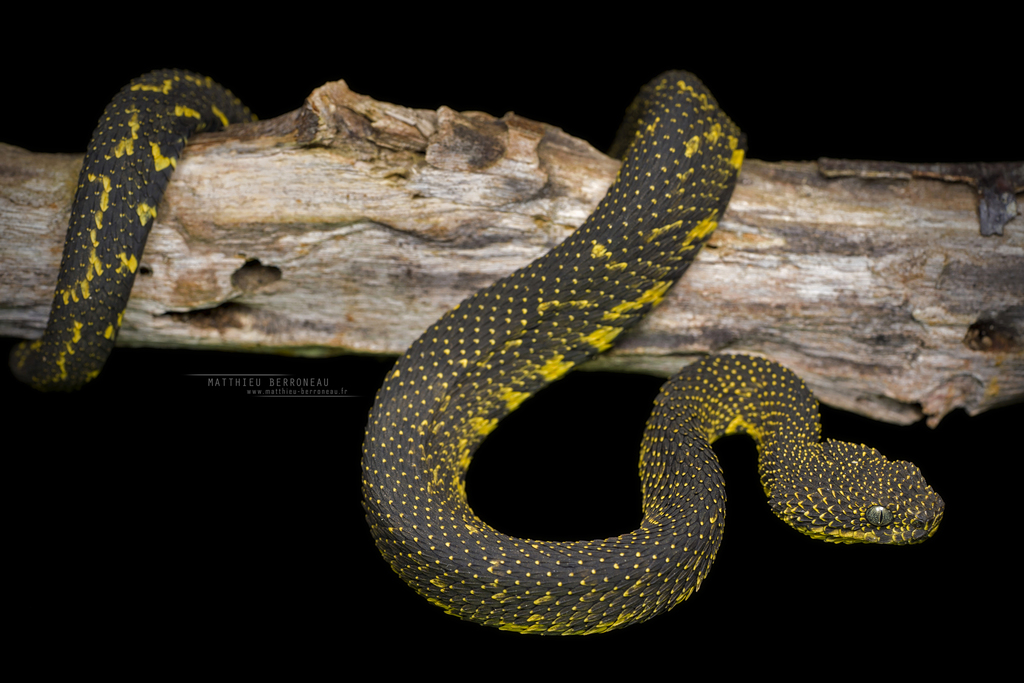
Antivenin remains the gold standard treatment for severe envenomation in snakes, just as it is for humans suffering snakebites. These specialized medications contain antibodies that bind to and neutralize specific venom components, preventing further damage to the animal’s tissues. Veterinarians must carefully calculate appropriate dosages based on the snake’s weight, the estimated amount of venom injected, and the severity of symptoms observed. The administration typically occurs via intravenous or intraosseous routes, requiring specialized knowledge of reptile anatomy and vascular access techniques. One significant challenge in antivenin therapy for snakes is the limited availability of products specifically tested for use in reptiles, often necessitating the careful adaptation of products developed for human medicine. Despite these challenges, when administered promptly, antivenin therapy dramatically improves survival rates and reduces recovery time for snakes suffering from self-envenomation.
Supportive Care Techniques

Beyond antivenin therapy, comprehensive supportive care forms the backbone of treatment for snakes suffering from self-envenomation. Fluid therapy is often necessary to maintain hydration and support cardiovascular function, particularly when hemotoxic venoms have damaged blood vessels or caused internal bleeding. Pain management represents another crucial aspect of care, typically achieved through reptile-appropriate analgesics administered at carefully calculated dosages. Environmental parameters must be meticulously controlled, with optimal temperature gradients maintained to support the snake’s immune response and metabolic functions during recovery. Nutritional support may become necessary during extended recovery periods, potentially requiring assisted feeding techniques if the snake is unable to eat independently. These supportive measures create optimal conditions for recovery while the snake’s body works to eliminate the venom and repair damaged tissues.
Species-Specific Treatment Considerations
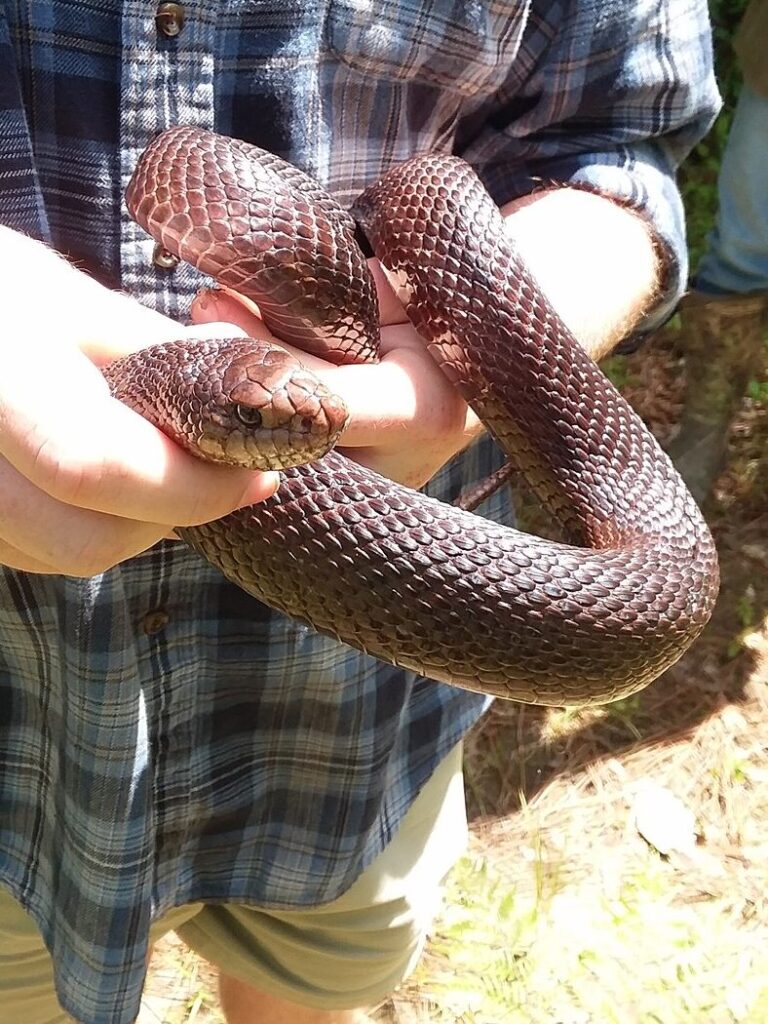
Treatment approaches must be tailored to the specific type of snake and venom involved in self-envenomation cases. Elapids like cobras and mambas, with their predominantly neurotoxic venoms, often require respiratory support and close monitoring for paralysis affecting vital functions. Viperids such as rattlesnakes and copperheads produce hemotoxic venoms that necessitate different interventions focused on preventing hemorrhage and supporting organ function. Marine species like sea snakes present unique challenges due to their specialized adaptations and highly potent venoms that may require specific antivenin formulations. The veterinarian must consider the evolutionary relationship between the snake and its venom, understanding that each species has developed varying levels of resistance to its own toxins. This specialized knowledge allows for the development of customized treatment protocols that address the specific pathophysiological processes occurring in each case.
Rehabilitation and Recovery Monitoring
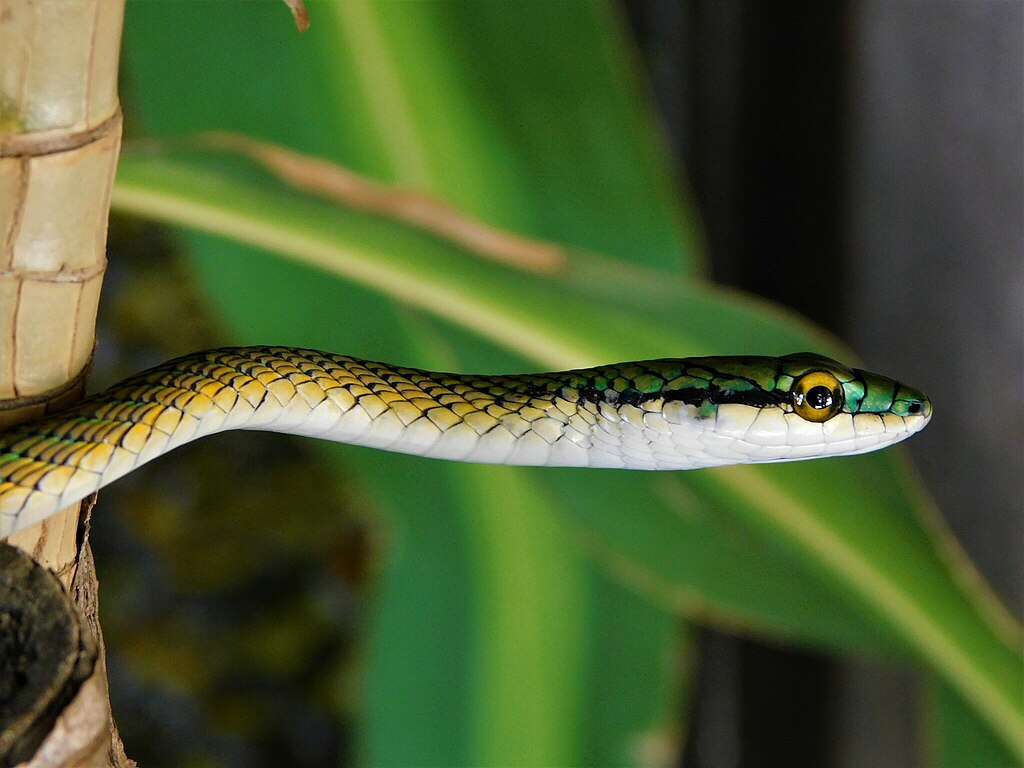
The recovery period following self-envenomation requires careful monitoring and specialized rehabilitation techniques to ensure complete healing. Regular veterinary assessments track the resolution of symptoms and may include blood tests to monitor organ function, clotting parameters, and other physiological markers affected by the venom. Physical therapy techniques adapted for reptiles may help restore normal movement and function, particularly if neurotoxic effects caused temporary paralysis or muscle damage. The snake’s environment must be modified during recovery to reduce stress and prevent reinjury, often involving simplified enclosures with optimal hiding spaces and carefully controlled temperatures. Feeding protocols typically progress gradually from assisted feeding to normal prey items as the snake regains strength and hunting abilities. Complete recovery can take weeks to months depending on the severity of the envenomation and the specific tissues affected.
Prevention Strategies in Captive Environments
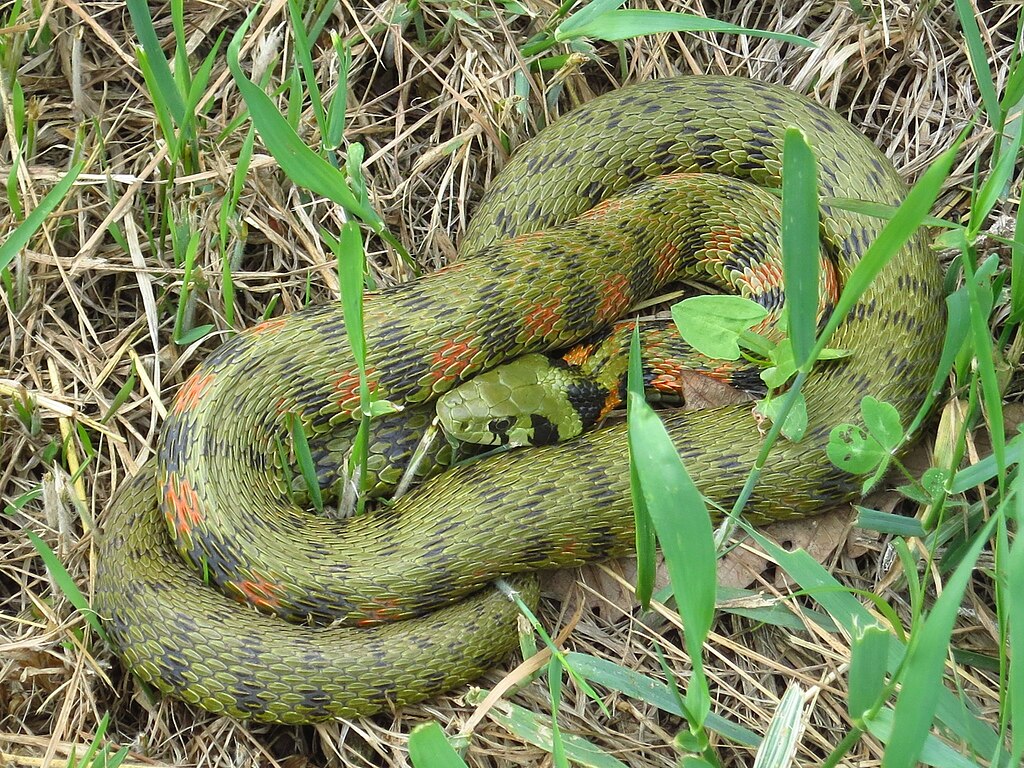
Preventing self-envenomation is far preferable to treating it, making proper handling and husbandry practices essential for captive venomous snakes. Feeding protocols should be designed to minimize risks, often utilizing tools like feeding tongs that create distance between the handler and the snake during the potentially chaotic feeding response. Proper training for all personnel who work with venomous species is non-negotiable, including specific instruction on species behavior, recognition of stress signals, and appropriate handling techniques. Enclosure design plays a crucial role in prevention by providing adequate space, appropriate substrate, and furnishings that allow natural behaviors while minimizing frustration or stress. Regular health monitoring helps identify and address potential issues before they escalate into situations that might lead to self-injurious behaviors including self-biting. These preventative measures significantly reduce the likelihood of self-envenomation incidents in captive settings.
Case Studies: Successful Interventions
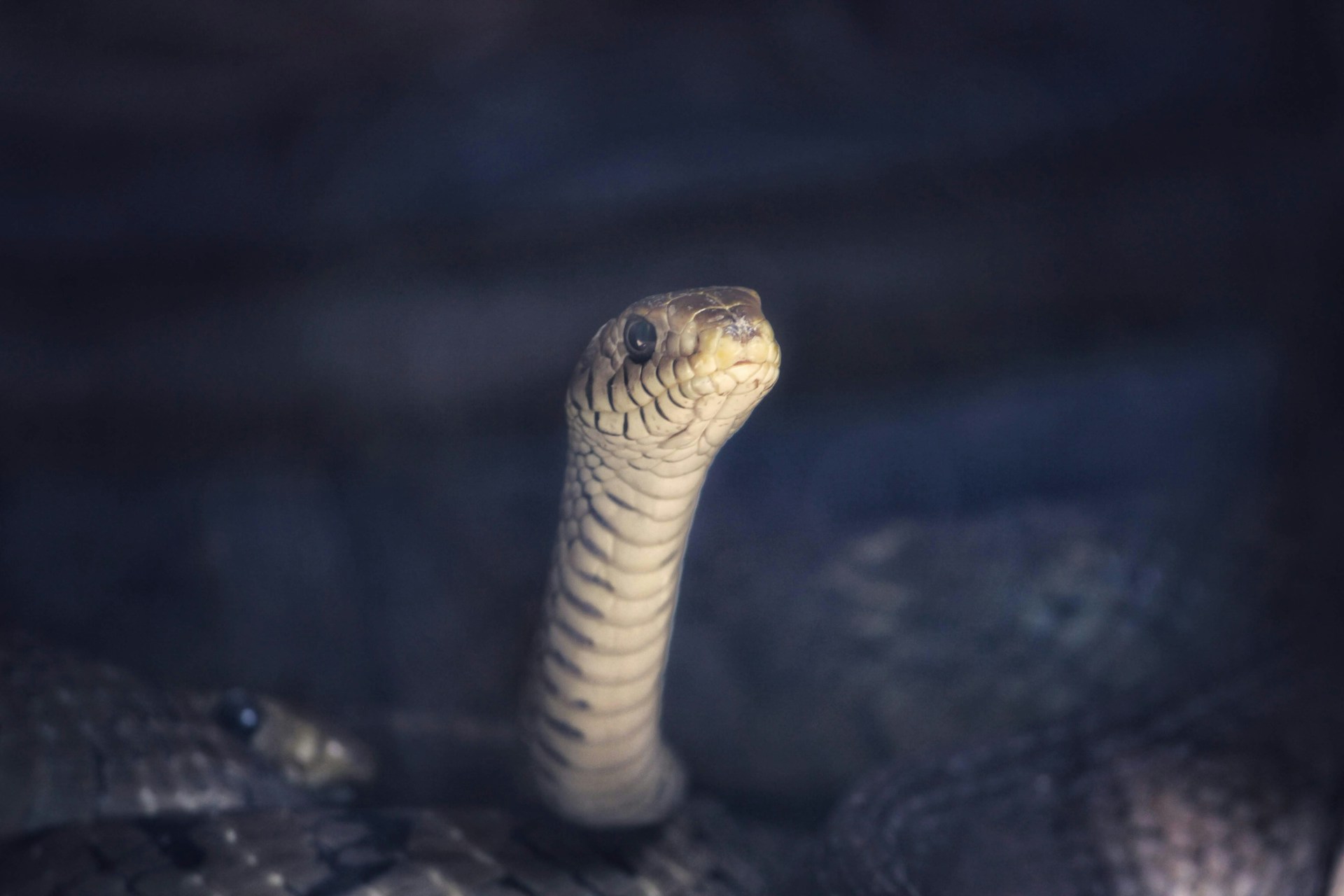
Documented cases of successful treatment for self-envenomation provide valuable insights for veterinary medicine and snake husbandry. One notable case involved a king cobra at a prominent zoo that bit itself during a feeding demonstration, receiving prompt antivenin treatment and intensive supportive care that led to a complete recovery despite the highly neurotoxic nature of its venom. Another instructive example comes from a private collection where a gaboon viper self-envenomated during transport, surviving through a combination of rapid veterinary response, appropriate antivenin administration, and three weeks of specialized nursing care. Research facilities studying venom production have documented several cases of self-envenomation during venom extraction procedures, developing standardized response protocols that have significantly improved outcomes in these specialized settings. These real-world examples demonstrate that with proper knowledge, resources, and quick action, even severe cases of self-envenomation can have positive outcomes.
Challenges in Treating Wild Specimens
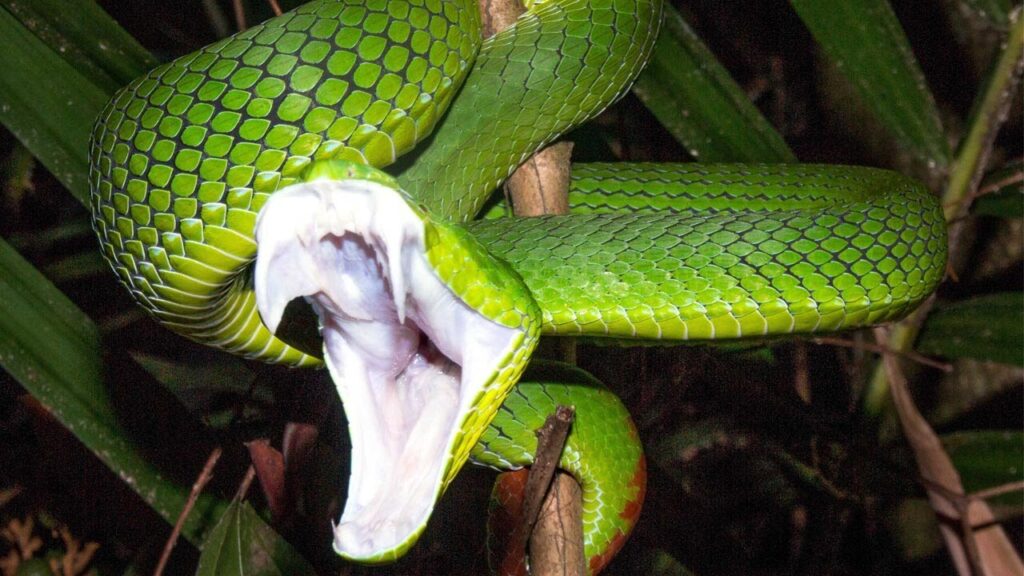
Treating self-envenomation in wild snakes presents unique challenges that differ significantly from captive scenarios. The primary difficulty lies in detection, as wild snakes experiencing self-envenomation typically retreat to hiding spots, making them nearly impossible to locate without specialized tracking equipment. Even when discovered, wild specimens experience extreme stress during capture and handling, potentially exacerbating the effects of the venom through increased metabolic rates and stress hormone production. The unknown medical history of wild specimens complicates treatment planning, as veterinarians cannot be certain of pre-existing conditions or previous envenomation events that might affect the current case. Conservation considerations also come into play, balancing the welfare of the individual snake against the potential ecological impacts of intervention, particularly for endangered species. These factors create a complex decision matrix for wildlife veterinarians facing potential self-envenomation cases in natural settings.
Future Directions in Venom Research and Treatment
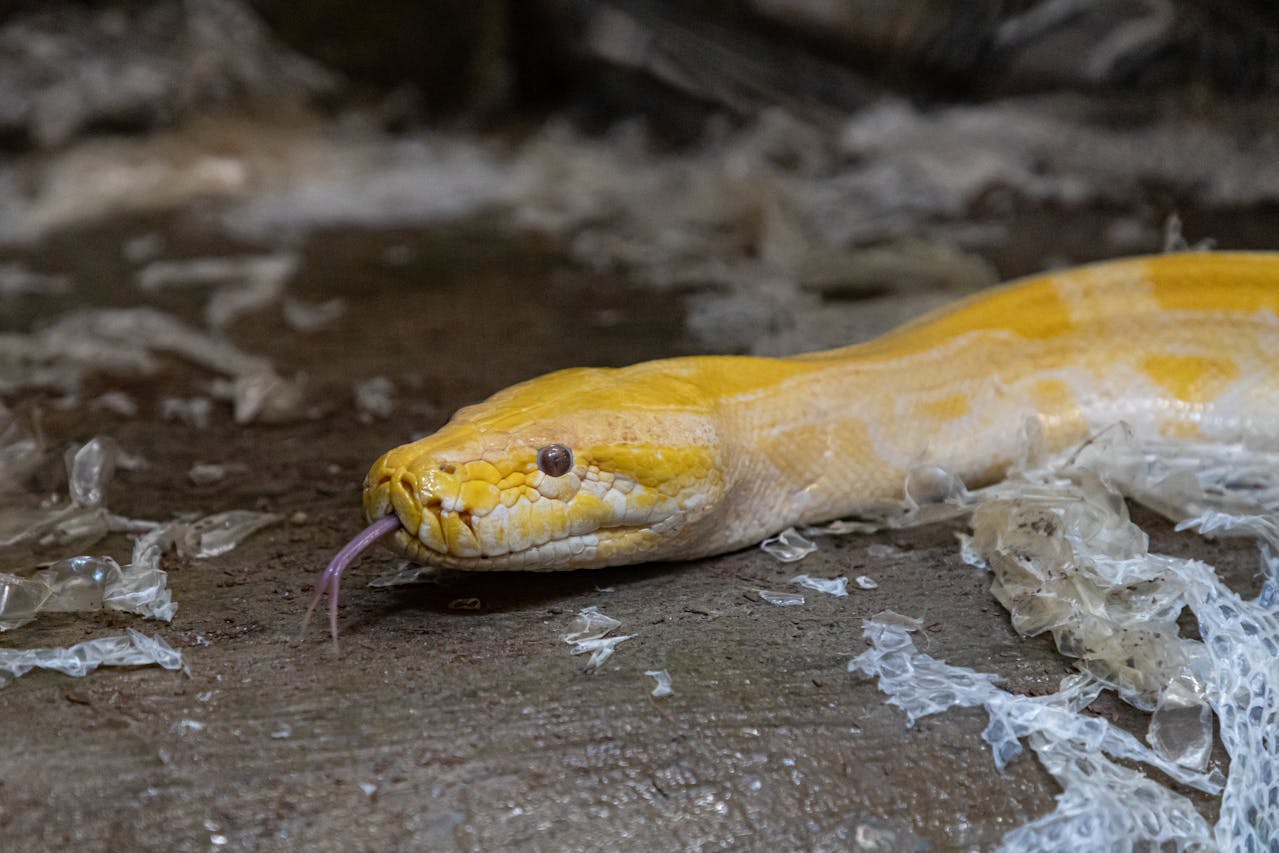
Ongoing research into snake venoms and antivenom development promises to improve treatment options for self-envenomation cases in the future. Scientists are exploring the development of synthetic antibodies that could neutralize multiple venom types, potentially creating universal antivenom options that would be valuable in emergency situations. Advanced understanding of the genetic factors influencing venom resistance in snakes may lead to novel therapeutic approaches that temporarily boost a snake’s natural immunity during envenomation events. Portable diagnostic technologies being developed could allow for rapid field assessment of venom types and concentrations, enabling more precise treatment decisions in both captive and wild settings. Collaborations between zoological institutions, research facilities, and pharmaceutical companies continue to expand the knowledge base around snake envenomation and treatment protocols, promising continued improvements in outcomes for these fascinating but occasionally self-endangering reptiles.
In the complex intersection of toxicology, veterinary medicine, and herpetology, the treatment of self-envenomation in snakes represents a fascinating challenge that continues to drive innovation and research. While these reptiles have evolved alongside their toxic weaponry for millions of years, they remain vulnerable to their own venom under certain circumstances. Through swift intervention, appropriate medical care, and specialized knowledge, veterinarians and wildlife specialists can often save these remarkable creatures from their own biological defenses. As our understanding of venom biochemistry and snake physiology advances, so too will our ability to protect these important predators—even from themselves. This unique area of veterinary medicine not only helps preserve individual snakes but contributes valuable insights to the broader fields of toxicology and emergency medicine.





